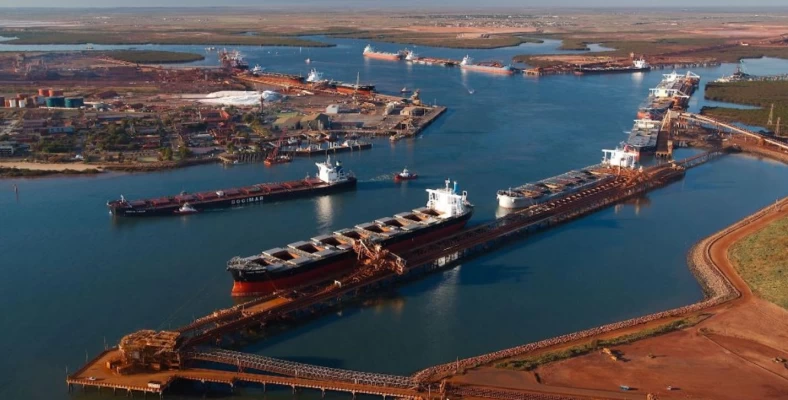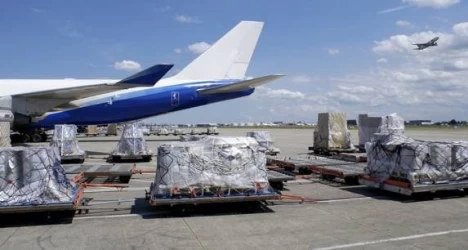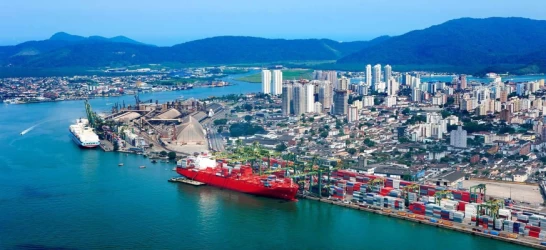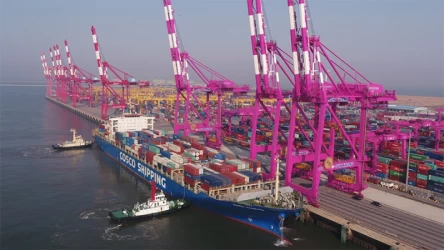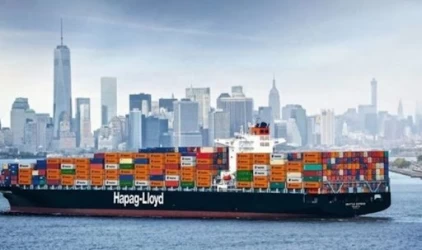Sea Freight in Port Hedland
Port Hedland, located in the Pilbara region of Western Australia, is renowned as the world’s largest bulk export port. This strategic location plays a pivotal role in global sea freight, particularly in the export of iron ore, lithium, and salt. The port’s significance extends beyond its sheer volume of exports, encompassing its advanced infrastructure, operational efficiency, and its contribution to the regional and national economy.
Historical Context
Port Hedland’s development as a major sea freight hub began in the early 20th century, driven by the discovery of vast mineral resources in the Pilbara region. Over the decades, the port has undergone significant expansions and upgrades to accommodate the increasing demand for bulk exports. Today, it stands as a testament to Australia’s industrial prowess and its critical role in the global supply chain.
Infrastructure and Facilities
The port boasts state-of-the-art facilities designed to handle large volumes of bulk cargo efficiently. Key features include:
- Deep-Water Channels: The port’s deep-water channels allow for the accommodation of large bulk carriers, ensuring seamless loading and unloading operations.
- Berths and Terminals: Multiple berths and specialized terminals cater to different types of cargo, including iron ore, salt, and other bulk commodities.
- Advanced Loading Systems: Automated and high-capacity loading systems enhance operational efficiency, reducing turnaround times for vessels.
Operational Efficiency
Port Hedland’s operational efficiency is a result of meticulous planning and the integration of advanced technologies. The port operates round-the-clock, ensuring minimal delays and maximizing throughput. Key operational aspects include:
- Real-Time Monitoring: The use of real-time monitoring systems for vessel movements and cargo handling ensures optimal coordination and safety.
- Pilotage Services: Skilled pilots guide vessels through the port’s channels, ensuring safe and efficient navigation.
- Environmental Management: The port adheres to stringent environmental regulations, implementing measures to minimize its ecological footprint.
Economic Impact
The economic impact of Port Hedland extends beyond the Pilbara region, contributing significantly to the national economy. Key economic contributions include:
- Employment: The port and its associated industries provide employment opportunities for thousands of people, supporting the local economy.
- Revenue Generation: The export of bulk commodities through Port Hedland generates substantial revenue for the Australian economy.
- Global Trade: As a critical node in the global supply chain, Port Hedland facilitates international trade, strengthening Australia’s trade relationships with key markets.
Challenges and Future Prospects
Despite its success, Port Hedland faces several challenges, including:
- Environmental Concerns: Balancing industrial activity with environmental sustainability remains a key challenge.
- Infrastructure Upgrades: Continuous investment in infrastructure is necessary to keep pace with growing demand and technological advancements.
- Global Market Fluctuations: The port’s operations are influenced by global market dynamics, necessitating adaptive strategies to mitigate risks.
Looking ahead, Port Hedland is poised for further growth, with plans for infrastructure upgrades and the exploration of new markets. The port’s strategic initiatives aim to enhance its capacity, operational efficiency, and environmental sustainability, ensuring its continued relevance in the global sea freight industry.
Sea Freight Between Port Hedland and Iran
Sea freight between Port Hedland and Iran involves the transportation of bulk commodities such as iron ore, salt, and other industrial materials. This route is crucial for facilitating trade between Australia and Iran, leveraging Port Hedland’s advanced infrastructure and deep-water channels to accommodate large vessels. The journey typically involves navigating through the Indian Ocean, with transit times varying based on specific shipping schedules and weather conditions. Efficient logistics and real-time monitoring systems ensure the safe and timely delivery of goods, supporting economic ties and industrial cooperation between the two regions.
Conclusion
Port Hedland stands as a cornerstone of Australia’s sea freight industry, exemplifying operational excellence and economic significance. Its advanced infrastructure, efficient operations, and strategic importance make it a vital link in the global supply chain. As the port continues to evolve, it will undoubtedly play a crucial role in shaping the future of sea freight, both regionally and globally.
if you have a specific question or need more details about Hedland Port, Iran's logistics experts are your answer!

